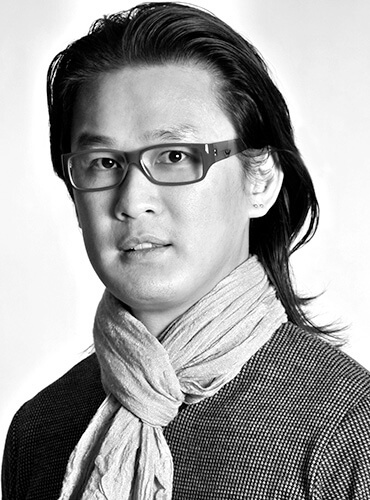Dr. Yoong Wah Alex Wong grew up in Kuala Lumpur, Malaysia. He obtained Ph.D. from Bournemouth University, United Kingdom, MFA from Savannah College of Art and Design, Georgia, United States, BA from the Limkokwing University of Creative Technology, Malaysia.
Since January 2003, he is appointed as a faculty member at Sabanci University, Istanbul, Turkey. He traveled to more than 60 countries, and he has been active in photography for the past 22 years. He has exhibited and showcased his artworks at various galleries and museums worldwide. He gave practical photography, video, and computer animation seminars and workshops at various acclaimed international academic institutions.
Yoong Wah Alex Wong is a versatile and well equipped photographer and videographer, who takes his audience on magical and mysterious journey, through landscapes that are shrouded in mist and fog at the borderlands. His research in photography, video and cinematography works focus on borderlands, climate change, human and nature interrelationship issues.
Wong's photographs are always memorable, can be surrealistic moment, and display resonance and meanings that are timeless. The cinematic influence in Wong's photographs is unmistakable and many of his photographs appear as if they are stills from an epic journey.
